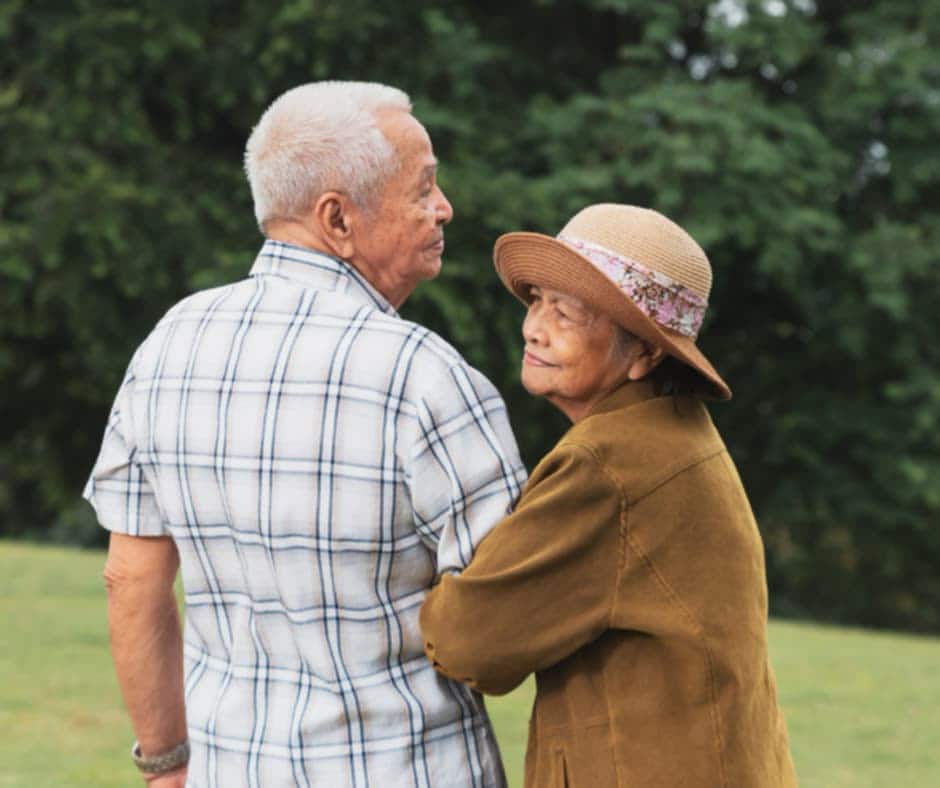10.2M Filipinos at risk of osteoporosis by 2050 says Bone Health experts
Bone health experts are urging Filipinos, especially those aged 50 and above, and their families, to prioritize osteoporosis screening. This recommendation follows data showing that inadequate testing, underreporting, and widespread malnutrition are significantly increasing the risk of osteoporosis in this demographic. The Osteoporosis Society of the Philippines Foundation Inc. (OSPFI) estimates that by 2050, around 10.2 million Filipinos could be affected.1 Dr. Abigail Tud, Orthopedic Oncologist, highlights the severity of the issue, noting that hip fractures caused by osteoporosis may have a mortality rate of 50-70% within the first year post-injury, underscoring the need for early intervention and preventive measures. The World Health Organization adds that approximately 10 to 20% of individuals suffering from hip fractures die within a year of the incident.2,3

“Many in the older generations view osteoporosis as an inevitable part of aging, but this mindset needs to change. When left undiagnosed, osteoporosis can lead to severe consequences, such as fragility fractures from even minor incidents. For instance, something as simple as riding a tricycle over a speed bump could result in spine or rib fractures for those affected. This condition can significantly decrease the quality of life especially for elderly patients, an outcome that can be prevented with screening of at-risk individuals,” explained Dr. Tud.
Women At Higher Risk For Osteoporosis
Data from the 2003 National Nutrition and Health Survey reveals that nearly 80% of Filipino women and 60% of men over 50 years old are at high risk for osteoporosis. This suggests that one in three Filipino women and one in five Filipino men could be affected.4 Postmenopausal women face an even greater risk, as estrogen is vital for maintaining bone density. Following menopause, women experience a rapid decline in estrogen levels, leading to increased bone loss.
A Silent Disease
Since October is Osteoporosis Month, Dr. Tud aims to raise awareness about the debilitating effects of osteoporosis. “Osteoporosis is a silent disease that often goes unnoticed until a fracture occurs. It’s important to remember that all parts of our body require replacement over time. Eventually, bone loss starts to overtake bone formation. While you may not notice symptoms initially, your bone density decreases as you age. This is why it is crucial for individuals aged 50 and above to get screened and address issues before negative consequences like fractures occur,” Dr. Tud emphasized.
Dr. Tud also called on children to encourage their parents and grandparents to develop better awareness on osteoporosis and the benefits of prevention. “Filipino culture has always been rooted in family. We consider our parents and grandparents as role models. To keep them fulfilling this role for years to come, we should encourage them to prioritize bone health and get screened for osteoporosis. Consulting with a doctor or bone specialist is a crucial step. I believe this is a form of love that we should normalize,” she said.
Osteoporosis Is Preventable
While the data surrounding osteoporosis can be concerning, the encouraging news is that this condition can be prevented. One effective method for early detection is undergoing Bone Mineral Densitometry or Dual Energy X-ray Absorptiometry (DEXA) testing, a non-invasive method that measures bone density. These tests not only help predict future fracture risks, but also assess bone loss and monitor responses to treatment.
For individuals with osteoporosis identified with high risk for fracture, anti-resorptive treatments are available. Anti-resorptive medication slows or blocks the resorption of bone, increasing bone strength and preventing further fractures. These treatment options come in the form of tablets, IV infusion, and some even as injections given bi-annually.
For individuals with osteoporosis classified as very high risk for fracture, or even elderly individuals with multiple fractures, another option would be in the form of anabolic treatments. While anti-resorptives slow down bone resorption, anabolic treatments speed up the formation of new bone. Zuellig Pharma Corporation has recently launched a new dual-action anabolic treatment given once a month over the span of 12 months designed to increase bone mineral density and reduce risk of fracture. Another anabolic treatment that is injected daily is also available.
While these treatments are crucial, Dr. Tud underscores the importance of preventive measures, particularly increasing calcium intake and resistance exercises. “Osteoporosis is often seen as a condition affecting only older adults, but it can develop at any age for a variety of reasons, including nutrient deficiency. I would rather help you prevent fractures than perform surgery after they occur. Ensuring adequate calcium intake and regular exercise while you’re still young is vital. Incorporating fortified milk, calcium-rich foods like soy products, cheese, fish, and leafy greens into your diet, along with getting enough Vitamin D through daily sun exposure are key steps. Embracing these lifestyle choices can make a significant difference,” Dr. Tud advised.
With osteoporosis projected to affect over 10 million Filipinos by 20501, prioritizing bone health is essential. Early detection, testing, and appropriate treatment can significantly reduce fracture risks, ensuring a healthier future for all Filipinos. Consult your doctor or a bone specialist today.
ADVT.
This article is brought to you by Osteoporosis society.